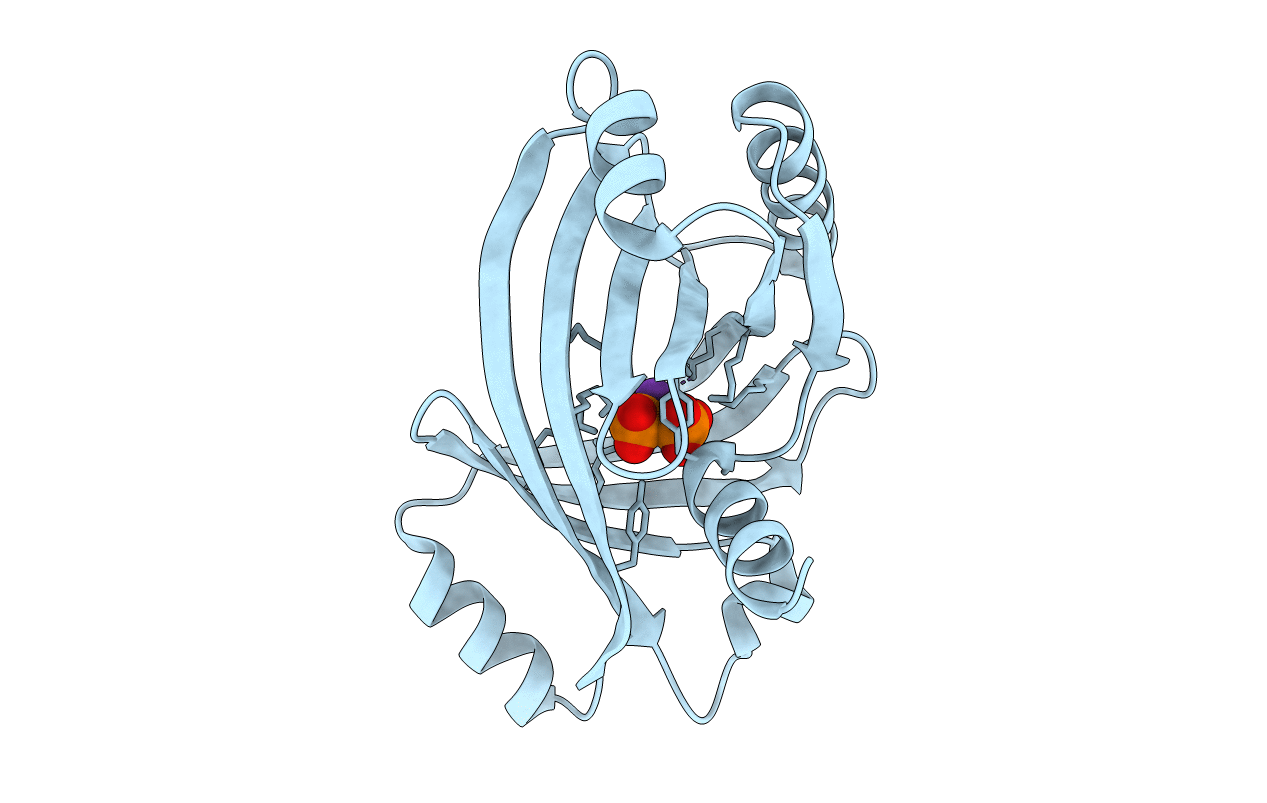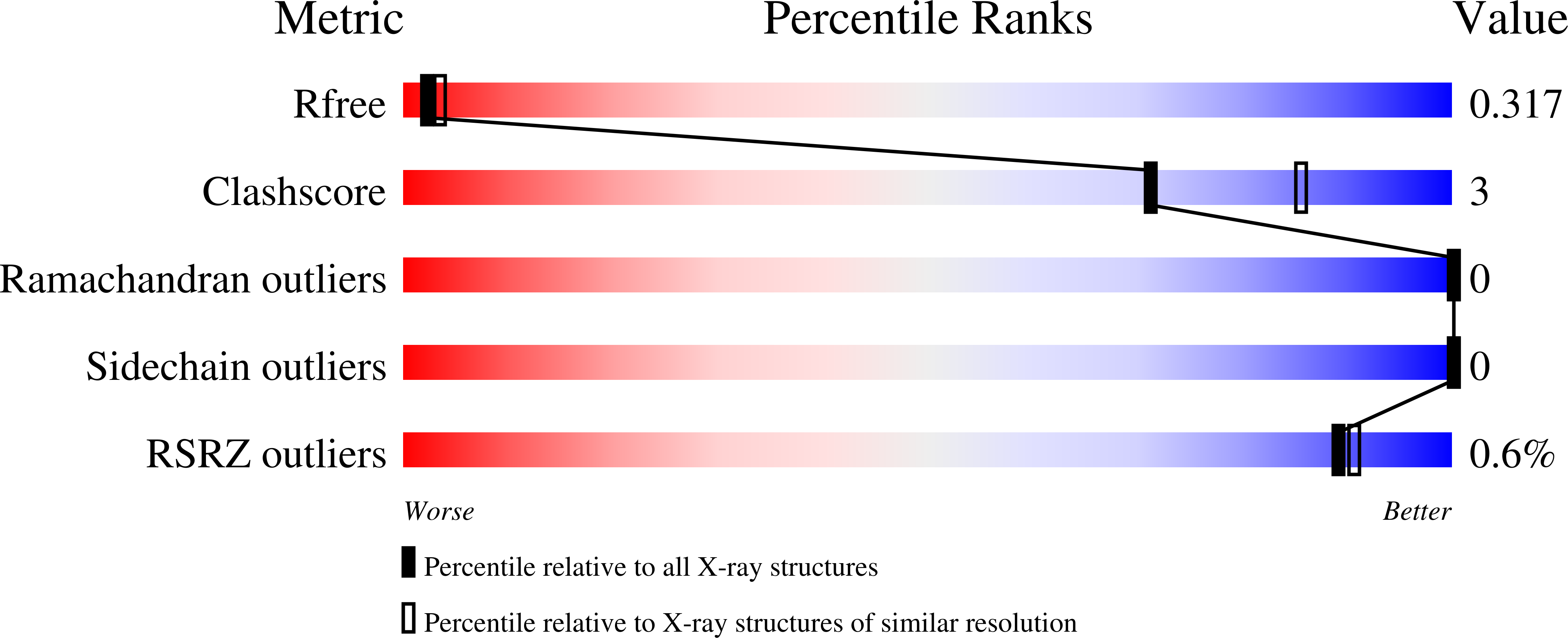
Deposition Date
2021-04-19
Release Date
2021-06-02
Last Version Date
2024-01-31
Entry Detail
PDB ID:
7OA2
Keywords:
Title:
Triphosphate tunnel metalloenzyme from Sulfolobus acidocaldarius in complex with pyrophosphate
Biological Source:
Source Organism:
Host Organism:
Method Details:
Experimental Method:
Resolution:
2.70 Å
R-Value Free:
0.31
R-Value Work:
0.28
R-Value Observed:
0.29
Space Group:
P 41 21 2


